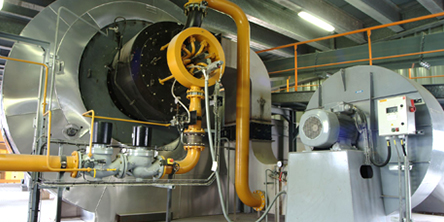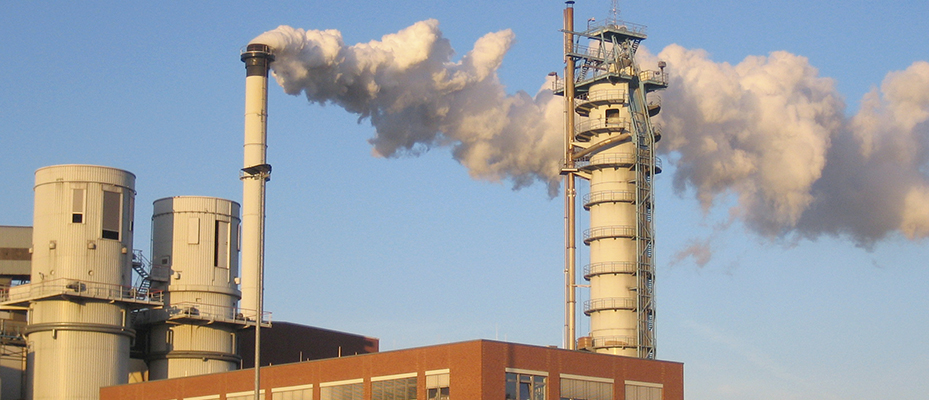Drying processes
Focus on efficiency and environmental friendliness
Direct drying processes are used in many industries, such as the gypsum industry, the wood processing industry, the sugar industry, the cement industry, the potash industry or the phosphate industry. In this drying process, the flue gases from combustion come into direct contact with the dry material.
For drying processes, SAACKE offers hot gas generators and the appropriate burners for different fuels. SAACKE has decades of experience in the field of firing for drying processes and can therefore offer you suitable low NOx solutions for standard and special fuels as well as the extremely efficient hot gas generators. Increasing efficiency and environmental friendliness are always in focus when developing the combustion systems.
The SAACKE portfolio includes:
Hot gas generators with standard fuels for
- Phosphate drying
- Potassium and sodium chloride drying
- Gypsum drying and calcination
- REA gypsum and fly ash drying
- Other thermal treatment of substances in entrained flow dryers or fluid bed dryers, fluidized beds or other process-based devices
Hot gas generators with dust burners for
- Ore drying
- Sugar beet pulp drying
- Gypsum drying and calcination
- Sand drying (also for asphalt mixing plants)
- Particle board drying
Hot gas generators with lean gas burners for
- Iron ore pelletizing plants
- Pulverizing mills (PCI process in the steel industry)
- Mill drying plants for smelting furnace slag
DRYING PROCESSES - PULVERIZED FUELS AND BIOGAS FOR DRYING SUGAR BEET COSSETTES
In times of uncertain heating markets, previously unused fuels become interesting, which can partially replace conventional standard fuels completely - with maximum availability and unbeatably low operating costs. The example of the Jülich sugar factory shows that pulverized coal can also be used safely in critical processes and that the investment costs are amortized in a very short time.
► More about this project
© SAACKE GmbH 2024



